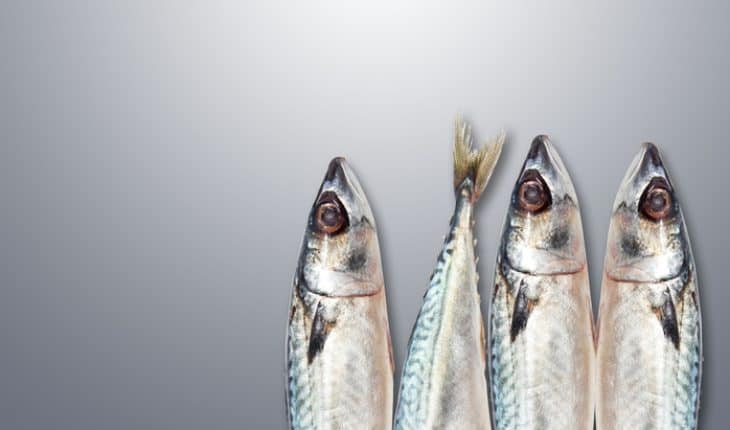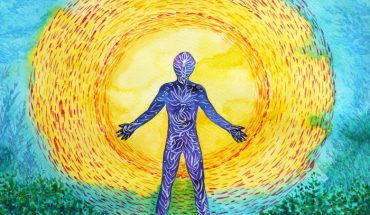In the early 1950s, the British scientific prophet Hugh Sinclair had already noted the remarkably low incidence of degenerative diseases among the indigenous peoples of the Artic regions of Greenland, despite a diet consisting almost entirely of fish and seal meat. Sinclair eventually visited Greenland in 1976 and studied the blood lipid profile of the local population. In 1979 he embarked in a notorious self-experiment, eating only seal and fish for 100 days, measuring changes in his blood lipids, and recording the prolongation of his bleeding time. This is how he championed the links between essential fatty acids in the diet and protection from degenerative diseases.
Today, there are new reasons to raise questions about the traditional diet of Inuit, at a time when an increased number of published studies about human nutrition highlight the health benefits of fibres. It is notable that the Inuit, living on icy territories, cannot consume significant amount of vegetables and fruit, the sources of fibres.
Any analysis of extreme dietary habits also leads to consider the particular case of India, where many people traditionally do not consume animal food through their entire life (Jain vegetarianism, for example, is one of the most rigorous forms of spiritually motivated diets). Scientific curiosity has inspired studies such as the iron status of Brahmins or the possible effects of low intakes of folic acid and vitamin B12. These Indian populations may be considered healthy, when taking into account the average income earned by families.
The contrast between the traditional diet of circumpolar peoples and, on the other hand, dietary habits on the Indian subcontinent, provides an opportunity to emphasize the extraordinary adaptability of human beings where nutritional needs are concerned. The importance of these considerations must be evaluated at a time when many groups of activists promote a great diversity of well-defined diets.
To improve our understanding of this particular aspect of human adaptability and to detect its limits, we must not focus on differences between human groups. We suggest, on the contrary, to focus on common points. One of the indisputable common points is that, until recently, both the Inuit and vegetarian Indians have not consumed man made nutriments. They could not include in their diet significant amounts of simple sugars provided today by soft drinks, high sugar levels in hot drinks, fruit juices, and many kinds of processed food; they have not consumed alcoholic drinks; they have not consumed “trans fatty acids” provided, in particular, by processed vegetable oils, conventional margarines and many varieties of biscuits and cakes. As a general rule, all these nutriments are blocking agents of important metabolic pathways.
We must accept that it may be counter-productive to promote well-defined diets without taking into account cultural particularities influenced by such factors as the development of the sense of taste.
In the context of the 21st century, the priority is to contrast “real food” and “man-made food”.
Michel Odent. Author of “The Future of Homo” (to be published in October)
- The Common Points between Carnivorous Inuit & Indian Vegetarians - 14th August 2019
- Stress deprivation and Caesarean birth - 22nd March 2017
- Familiarity breeds strong immune systems - 12th June 2016








In terms of Indian vegetarian diets, something which is generally overlooked is the high level of protein in the diet from weevils consumed with the food. I did read some years ago that a study looking at the health of Indians living in the UK and those living in India, eating the same foods, but with poorer health in the UK Indians, discovered that the difference between UK Indian food and that found in India, was that the former, not surprisingly, did not contain high levels of weevils. Having lived in India for more than four years, while not being… Read more »